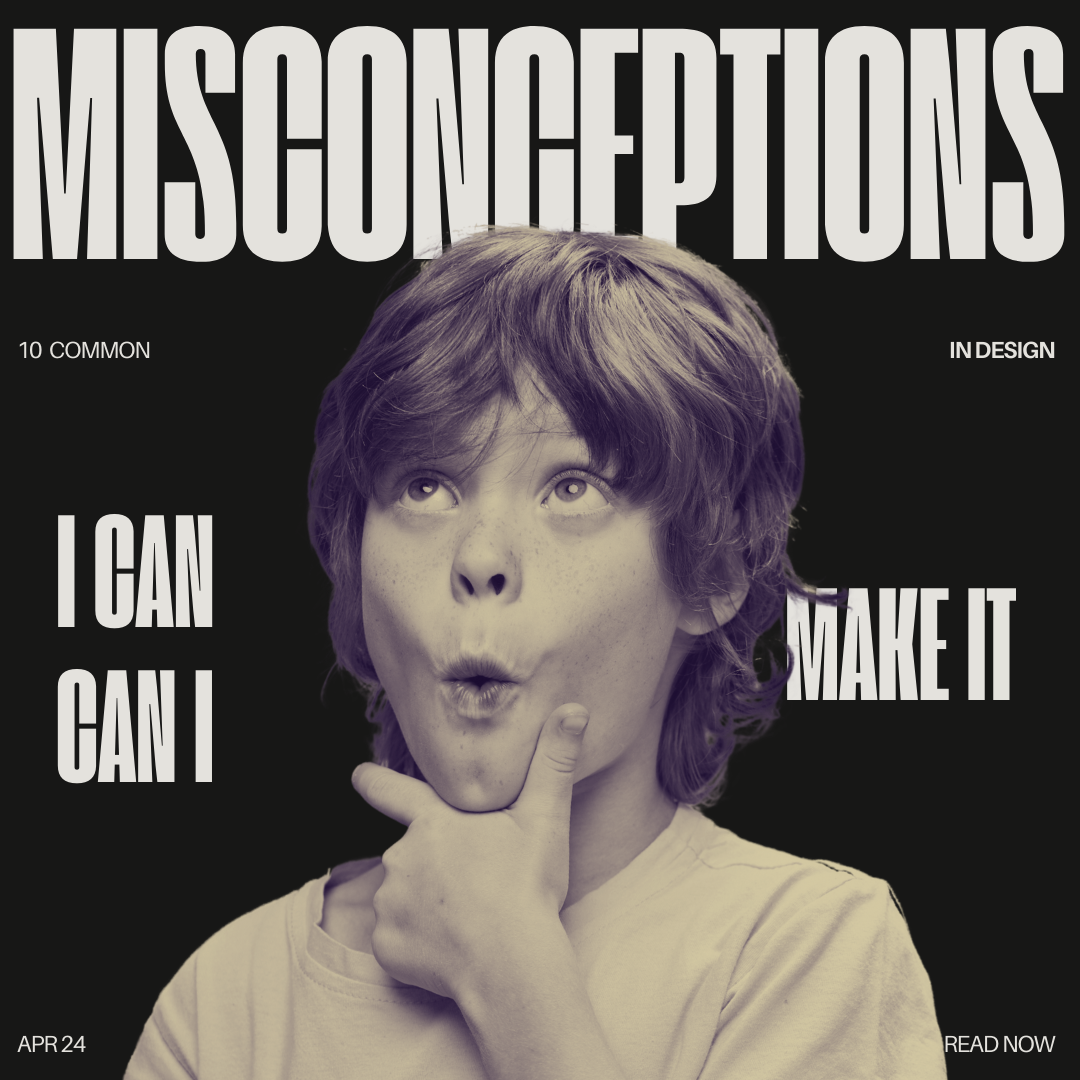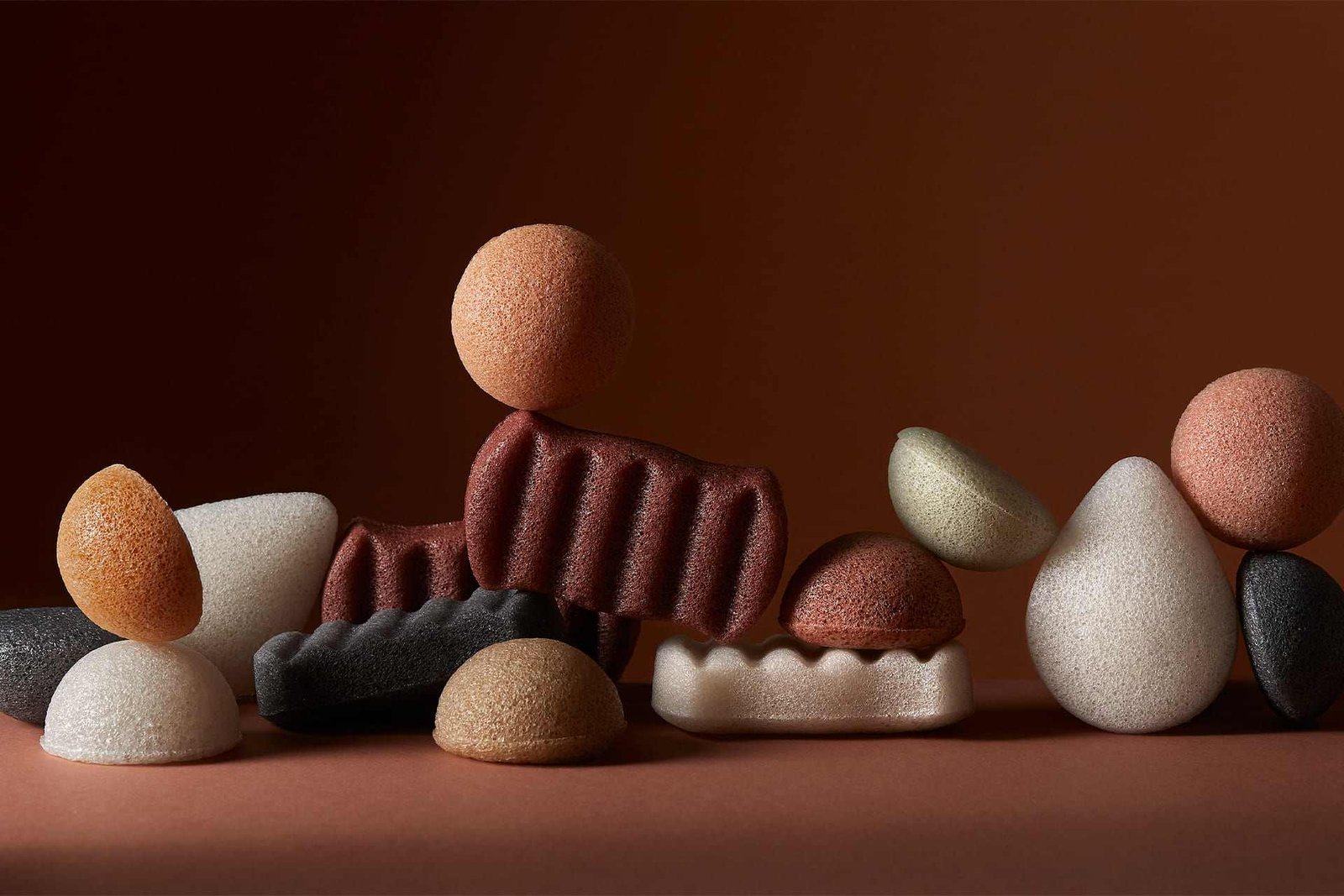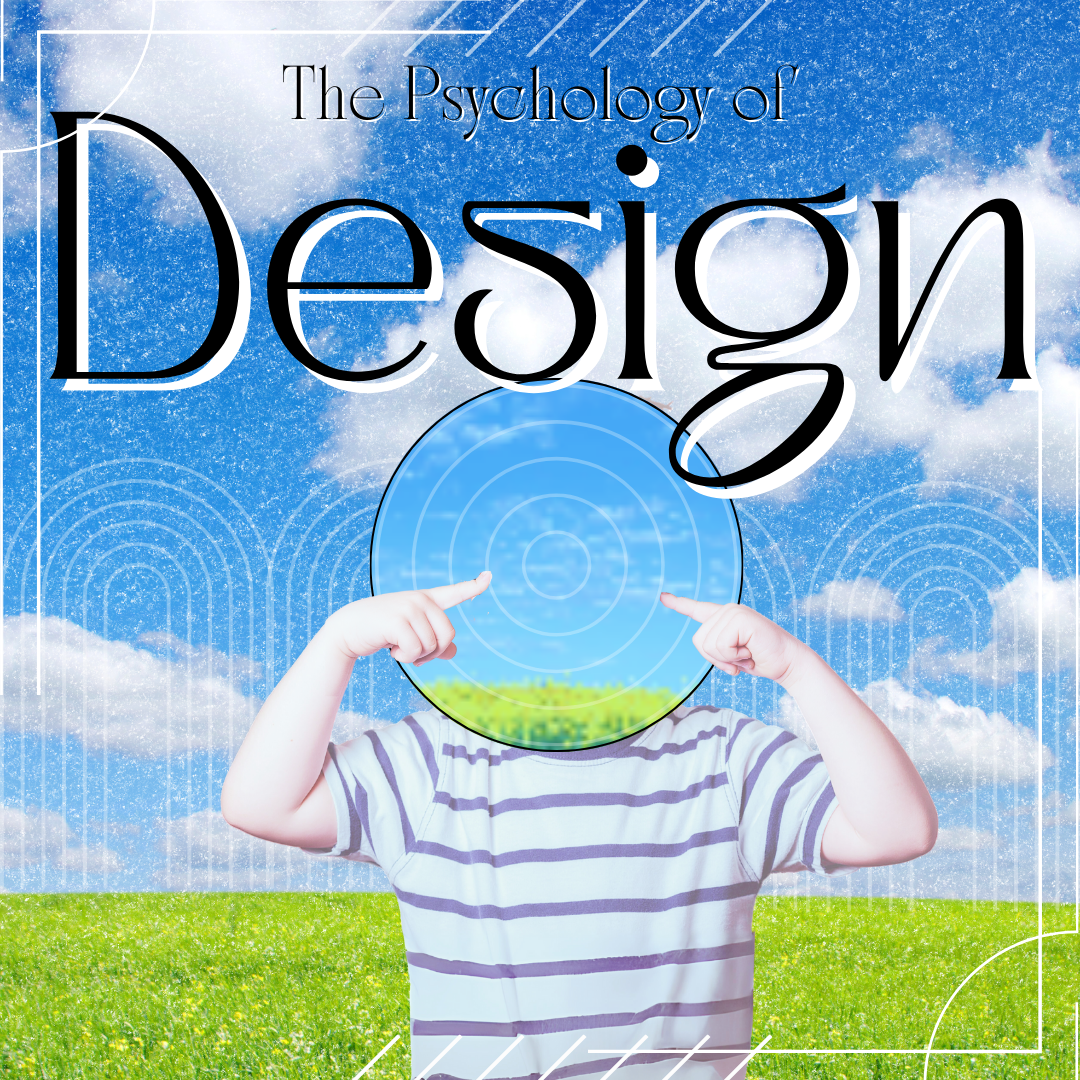Debunking 10 Common Misconceptions in Design: Separating Fact from Fiction
- Admini
- design, misconceptions, problem-solving
- 0 Comments
Welcome to the fascinating world of design! As with any field, there are bound to be misconceptions that can mislead both aspiring designers and those looking to hire them. In this blog post, we will debunk 10 common misconceptions in design and shed light on the truth behind them. So, let’s dive in and separate fact from fiction!
Design is all about making things look pretty
Design is much more than just aesthetics. While visual appeal is important, design also involves problem-solving, functionality, and user experience. It’s about finding the perfect balance between form and function.
Designers can read minds
Contrary to popular belief, designers are not mind readers. They rely on effective communication and collaboration with clients to understand their needs and preferences. Clear communication is key to achieving the desired design outcome.
Design is a purely subjective matter
While design does have subjective elements, it is not purely subjective. Design principles and best practices exist for a reason. Good design is based on a combination of aesthetics, usability, and effectiveness. It’s about finding the right solution for the intended audience.
Design is a quick and easy process
Design is a complex and iterative process that requires time, research, and experimentation. It involves multiple stages such as brainstorming, sketching, prototyping, and refining. Great design takes time and effort.
Anyone can be a designer
While everyone has the potential to develop some design skills, not everyone can be a professional designer. Designers possess a unique combination of creativity, technical skills, and a deep understanding of design principles. It’s a profession that requires continuous learning and growth.
Design is only about graphic design
Design encompasses much more than just graphic design. It includes various disciplines such as user experience (UX) design, industrial design, interior design, and more. Each discipline has its own set of principles and considerations.
Designers can work in isolation
Designers thrive in collaboration and teamwork. They often work closely with clients, stakeholders, developers, and other professionals to create successful design solutions. Effective collaboration leads to better outcomes.
Design is a one-time thing
Design is an ongoing process that evolves over time. It’s not just about creating a single design, but also about iterating and improving based on feedback and changing needs. Design is a continuous journey.
Design is all about trends
Trends come and go, but good design is timeless. While it’s important to stay informed about current design trends, it’s equally important to focus on creating designs that are functional, user-centered, and have a lasting impact.
Designers are expensive
While professional designers do charge for their services, their expertise and the value they bring to a project can outweigh the cost. Investing in good design can lead to improved user satisfaction, increased brand recognition, and ultimately, better business outcomes.

Design is a fascinating field that goes beyond mere aesthetics. By debunking these common misconceptions, we hope to provide a clearer understanding of what design truly entails. Whether you’re a designer or someone looking to hire one, it’s important to have a realistic perspective on the role of design in creating meaningful and impactful experiences.
Remember, design is not just about making things look pretty; it’s about solving problems, enhancing usability, and creating experiences that resonate with the intended audience. So, let’s embrace the world of design with open minds and a commitment to excellence!





